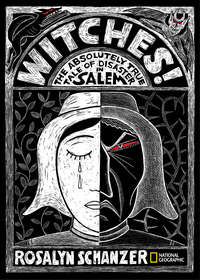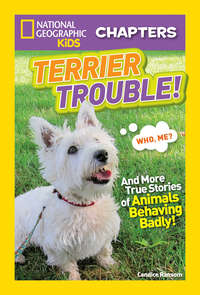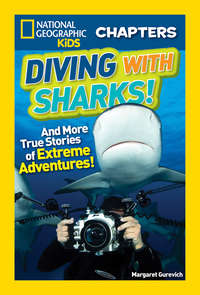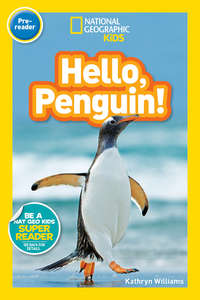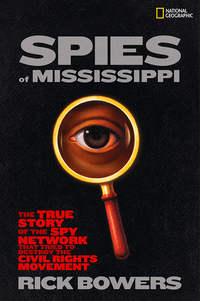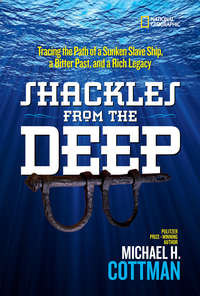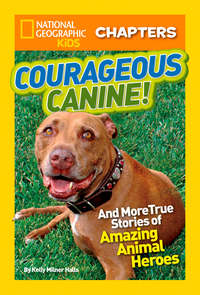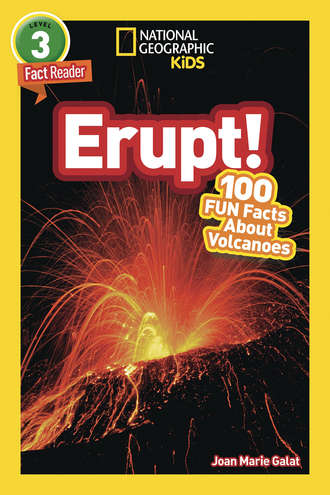
Полная версия
National Geographic Kids Readers: Erupt!

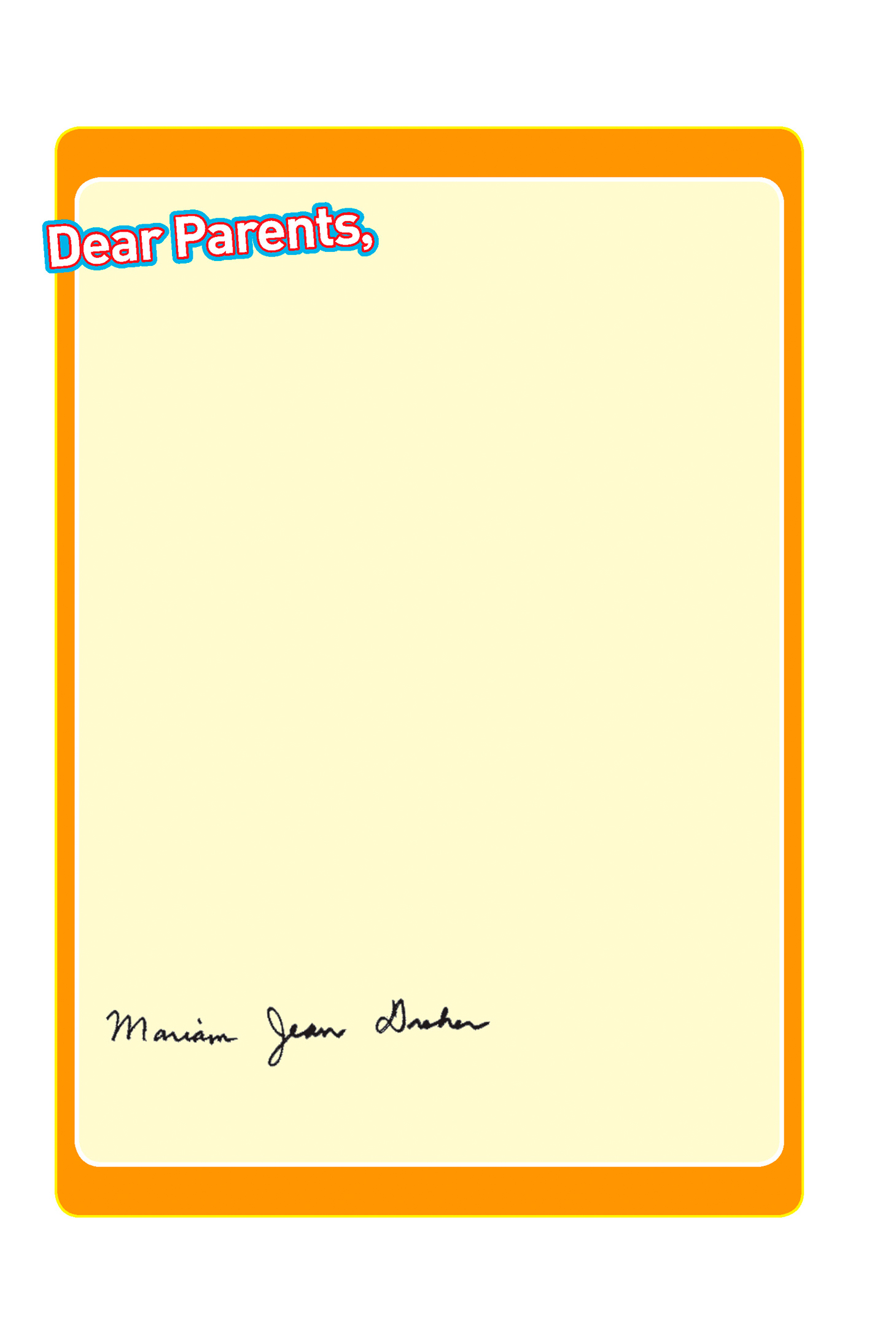
Children are naturally curious about the world around them, and
curiosity is a powerful motivation for reading. Studies show that
informational reading is critical to success in school. National
Geographic Kids Readers allow you to feed your children’s interests
and create readers who not only can read, but also want to read!
To sustain children’s excitement about reading, we have created a
special program called NATIONAL GEOGRAPHIC KIDS SUPER READERS.
As kids read each National Geographic Kids Reader, they cross
off its picture on a free National Geographic Kids Super Readers
poster that parents can download from kids.nationalgeographic.com/ superreaders.
Throughout the process, kids and parents go to the website and
download specially designated prizes that reward their effort. Kids
can have even more reading fun online, with lively book-related
activities, quizzes and games, fascinating excerpts, and sneak
previews of upcoming books.
The National Geographic Kids Super Readers program appeals to
kids’ love of accomplishment while providing them with incentives
to keep reading. When the reading experience is fun, children learn
more and achieve more. What could be better than that?
Sincerely,
Mariam Jean Dreher
Professor of Reading Education
University of Maryland, College Park
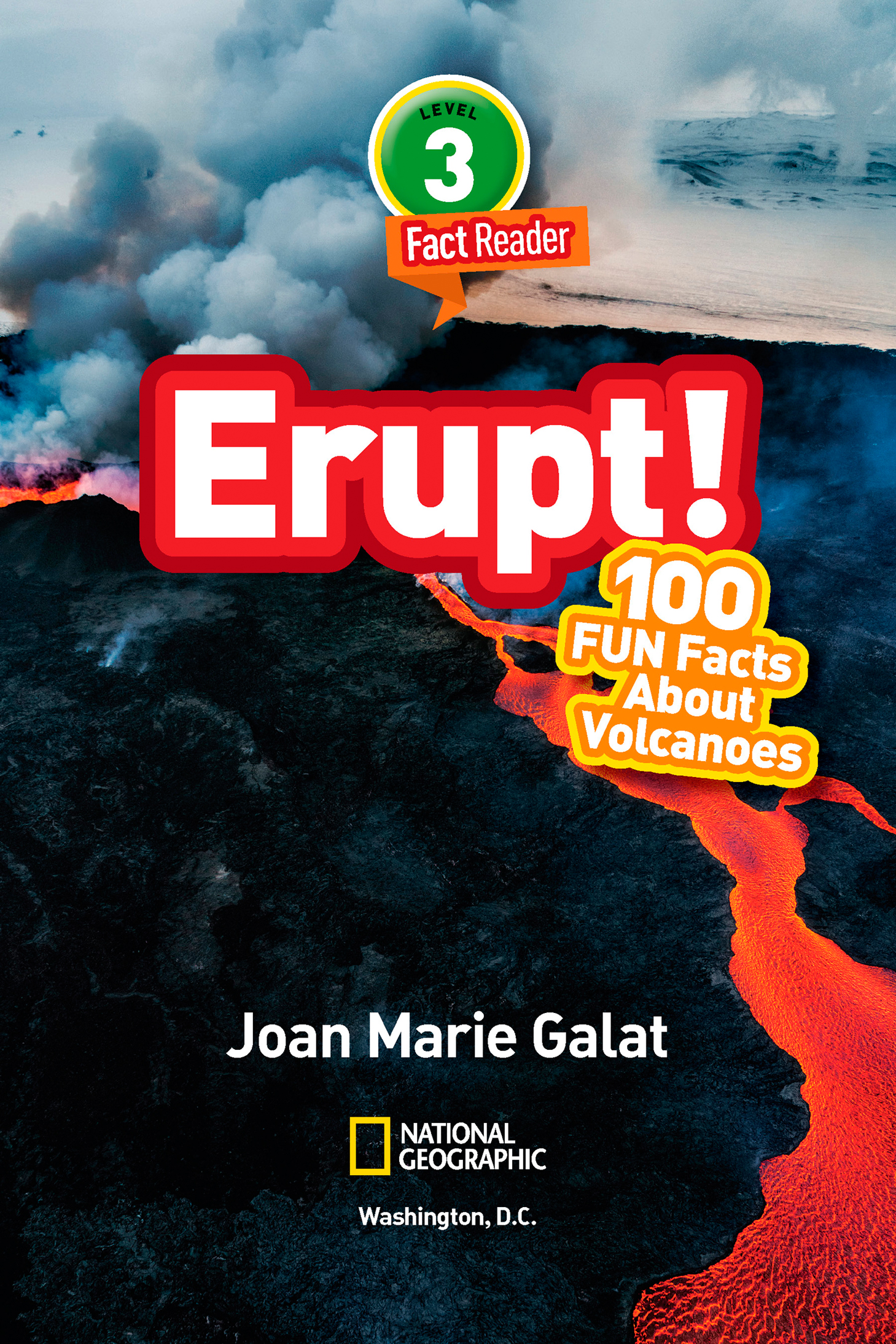

For Dad, a geologist and a rock in my life —J. M. G.
Copyright © 2017 National Geographic Partners, LLC
Published by National Geographic Partners, LLC,
Washington, D.C. 20036. All rights reserved. Repro-
duction in whole or in part without written permis-
sion of the publisher is prohibited.
NATIONAL GEOGRAPHIC and Yellow Border Design
are trademarks of the National Geographic Society,
used under license.
Designed by Amanda Larsen
Library of Congress Cataloging-in-Publication Data
Names: Galat, Joan Marie, 1963- author.
Title: Erupt! : 100 fun facts about volcanoes /
Joan Marie Galat.
Description: Washington, D.C. : National
Geographic Children's Books, 2017. | Series:
National Geographic kids fact readers |
Includes index. | Audience: Age 6 to 9. |
Audience: K to grade 3.
Identifiers: LCCN 2016051354 (print) | LCCN
2017016844 (ebook) | ISBN 9781426329128
(e-book) | ISBN 9781426329111 (hardcover) |
ISBN 9781426329104 (paperback)
Subjects: LCSH: Volcanoes--Juvenile literature. |
BISAC: JUVENILE NONFICTION / Readers /
Beginner. | JUVENILE NONFICTION / Science
& Nature / Earth Sciences / Earthquakes &
Volcanoes.
Classification: LCC QE521.3 (ebook) | LCC
QE521.3 .G357 2017 (print) | DDC 551.21--dc23
LC record available at https://lccn.loc .gov/2016051354
Photo Credits
Cover, Stephen Belcher/Minden Pictures; 1, Arctic-
Images/Getty Images; 3, DU BOISBERRANGER Jean/
hemis.fr/Getty Images; 4 (UP), Dan Ballard/Getty
Images; 4 (LO LE), rtem/Shutterstock; 4 (LO RT), Prof.
Stewart Lowther/Science Photo Library/Getty Images;
5 (UP), Grant Dixon/Getty Images; 5 (CTR LE), Toshi
Sasaki/Getty Images; 5 (CTR RT), Jiri Hera/Shutterstock;
5 (LO), Jonathan Blair/Getty Images; 6–7, Salvatore
Allegra Photography/Getty Images; 9, photoDISC; 11,
Stuart Armstrong; 12, Kevin Thrash/Getty Images; 13,
Mary Van de Ven/Getty Images; 14 (LE), Chris Bickford/
National Geographic Creative; 14 (RT), MichaelUtech/
Getty Images; 15 (UP), Auscape/UIG/Getty Images;
15 (LO), Santiago Rodríguez Fontoba/Dreamstime;
16–17, Buena Vista Images/Getty Images; 18, Fotos593/
Shutterstock; 19 (UP), bilwissedition Ltd. & Co. KG/
Alamy Stock Photo; 19 (CTR), Herbert K. Kane; 19 (LO),
Culture Club/Getty Images; 20–21, G. Brad Lewis/Getty
Images; 22, Hans Strand/Getty Images; 23, Roger
Bacon/Reuters/Alamy Stock Photo; 24 (LE), Toshi
Sasaki/Getty Images; 24 (RT), filmlandscape/Getty
Images; 25, Eachat/Getty Images; 26–27, Matthew
Oldfield/Science Source; 28, Martin Bernetti/AFP/
Getty Images; 29, Calvin Hall/Getty Images; 30, Athit
Perawongmetha/Getty Images; 31, G. Brad Lewis/
Getty Images; 33, Ron Dahlquist/Getty Images; 34 (LE),
Harry Taylor/Getty Images; 34 (RT), everything possible/
Shutterstock; 35, Gary Hincks/Science Source; 36,
atese/Getty Images; 37 (UP), Chris Clor/Getty Images;
37 (LO), Eric Isselée/Shutterstock; 38, Detlev van
Ravenswaay/Science Source; 39, NASA/JPL/University
of Arizona; 40, Jacques Langevin/Sygma/Sygma via
Getty Images; 41 (UP), Cosmin Manci/Shutterstock;
41 (LO), Leigh Marsh; 42–43, Blueplace/Getty Images;
44 (UP), vvoe/Shutterstock; 44 (CTR), Evans/Getty
Images; 44 (LO), Somchai Som/Shutterstock; 45 (UP),
MarcAndreLeTourneux/Shutterstock; 45 (CTR), Hilary
Andrews/NG Staff; 45 (LO), NASA images/Shutterstock;
various (top border of page), T.Thinnapat/Shutterstock
National Geographic supports K–12 educators with ELA Common Core Resources. Visit natgeoed.org/commoncore for more information.
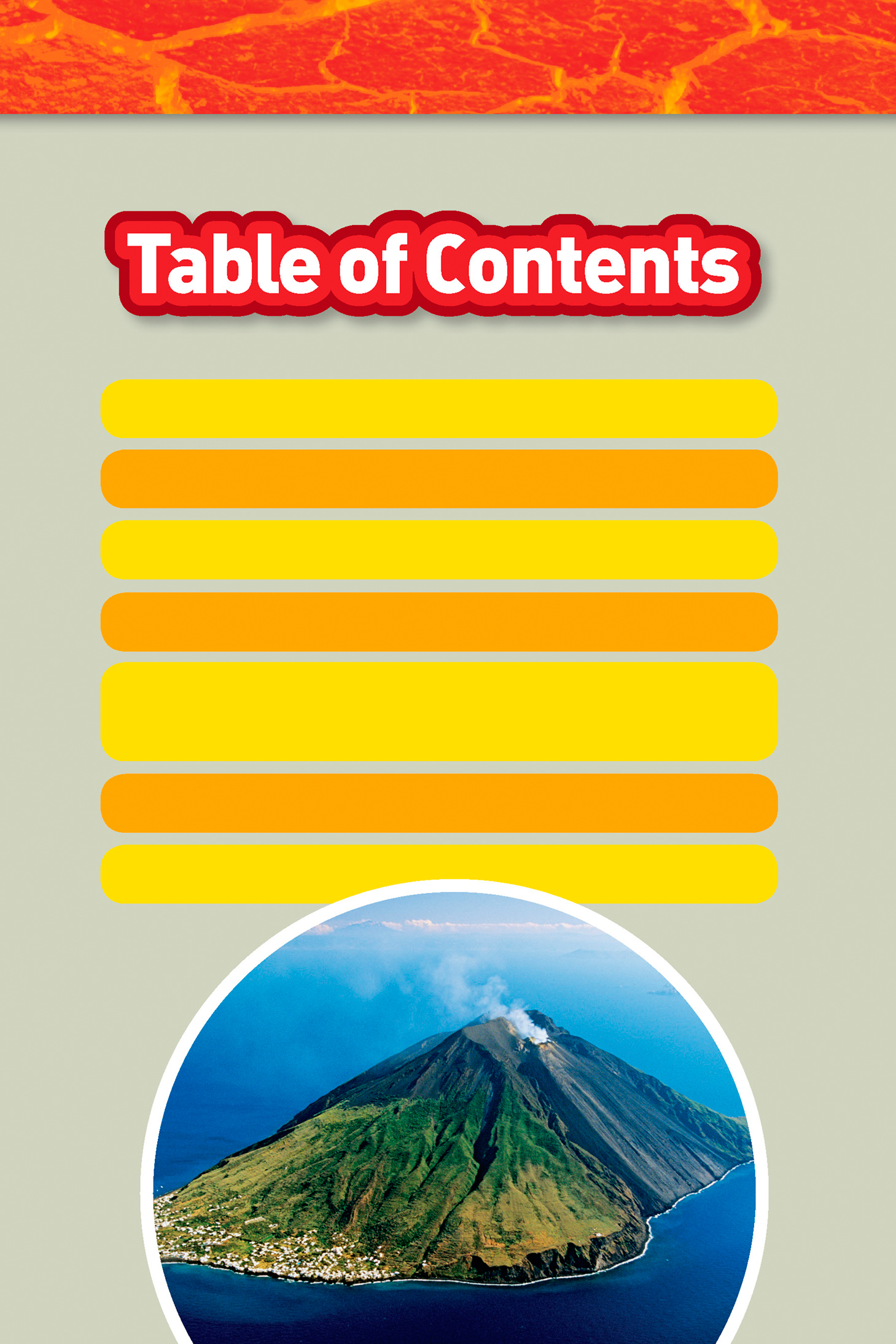
25 Hot Facts About Volcanoes 4
Chapter 1: Our Fiery World 6
Chapter 2: Danger! 16
Chapter 3: Volcano Detectives 30
25 More Hot Facts About Volcanoes 44
Volcano Facts Roundup 46
Index 48
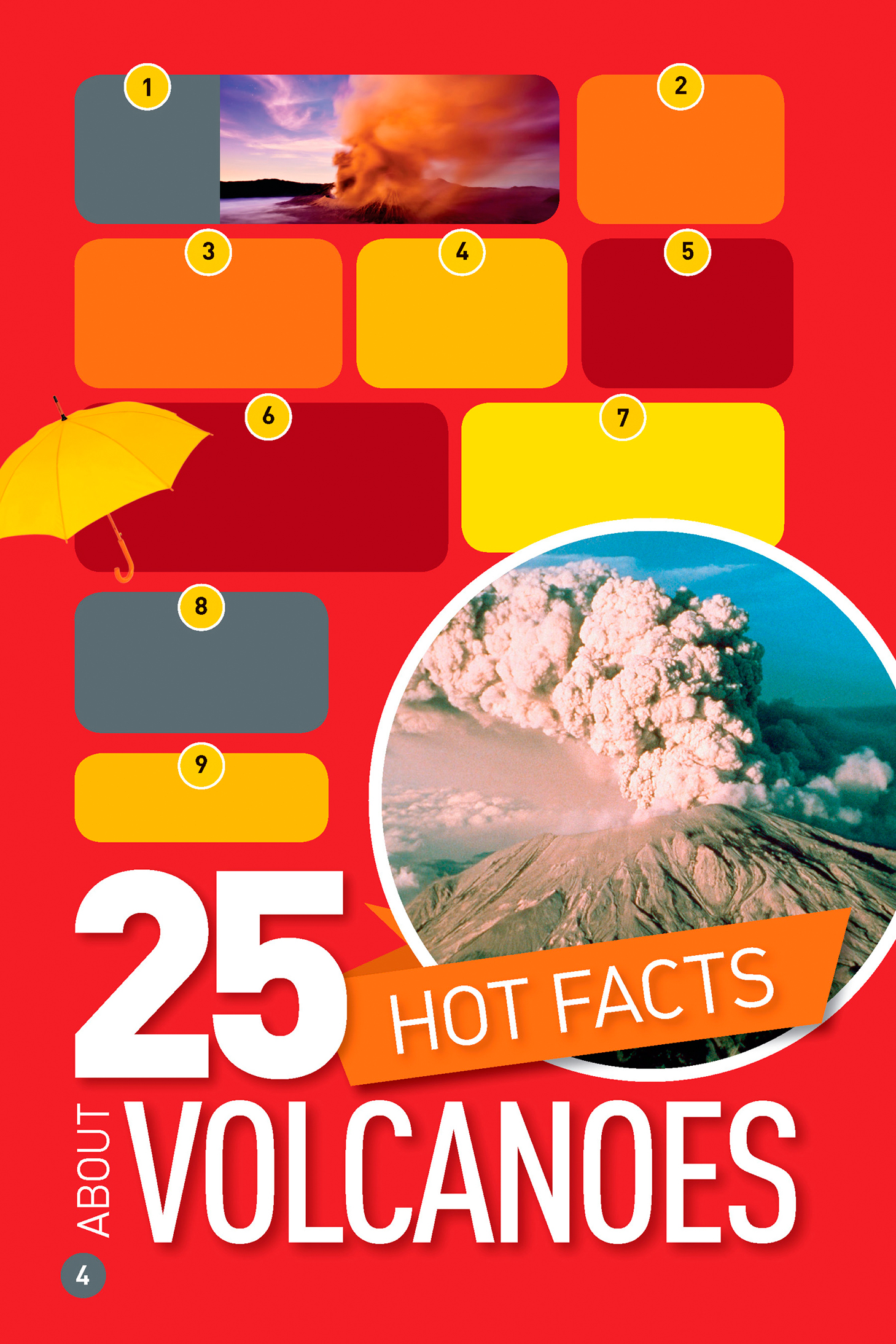
Heavy ashfall can
make it impossible
to breathe.
The powdery ash that
volcanoes eject can float
around the world.
Mount St. Helens, in Washington State,
U.S.A., caused the largest landslide
known on Earth when it erupted.
Magma flows to Earth’s
surface because it is lighter
than the solid rock around it.
Lava can reach 2,000 degrees
Fahrenheit—four times hotter
than your kitchen oven!
An umbrella won’t help! Lava blown
from a volcano hardens into solid rock
in the air, and the pieces fall like rain.
In the United States alone, 80 volcanoes have
erupted once or more in the past 500 years.
The heat from lava causes the
plants it buries to release
gases and explode.
Volcanoes can change the weather.
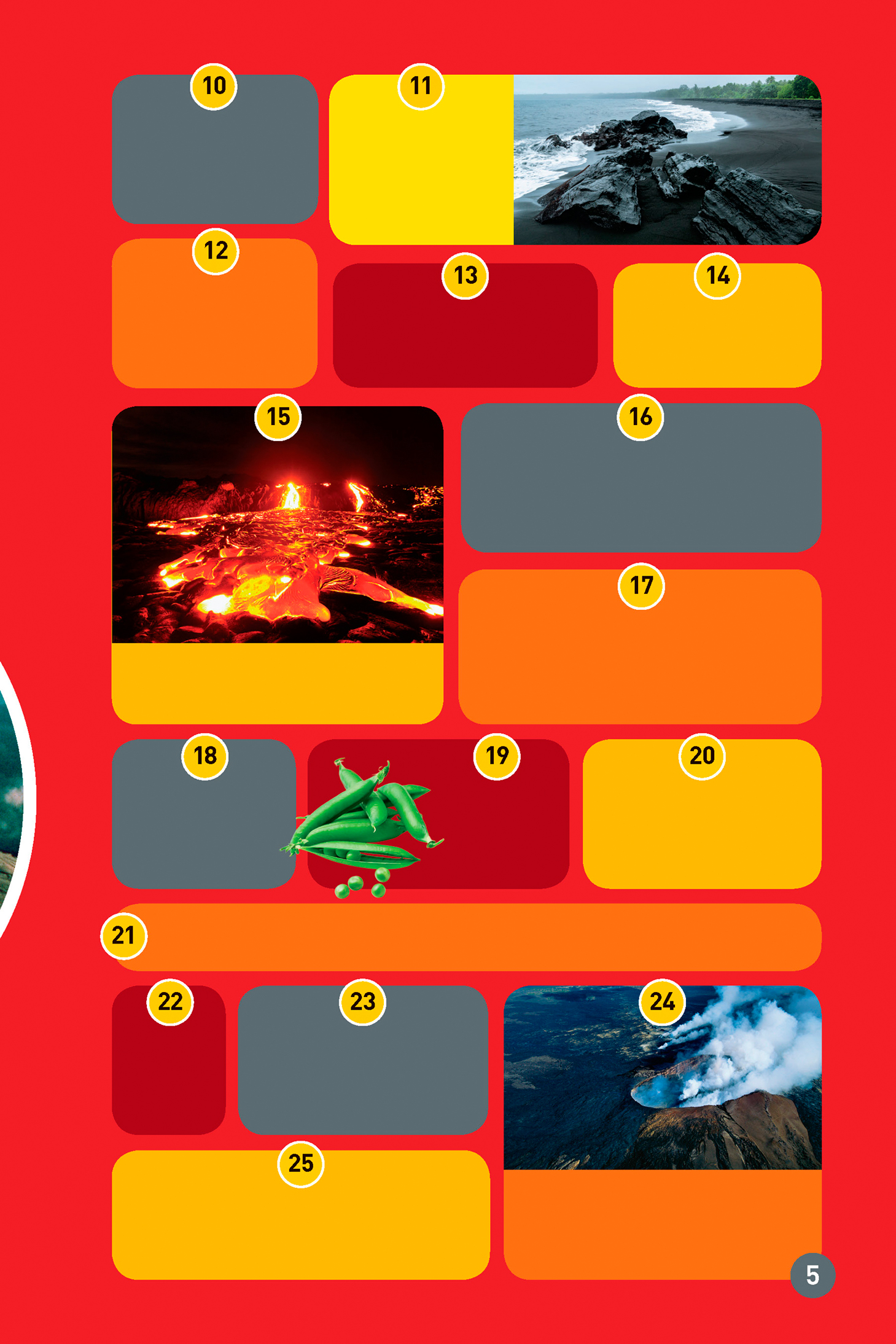
Mount St. Helens
destroyed eight bridges
when it erupted.
When lava reaches the
ocean, it cools rapidly.
It breaks down to form
black sand beaches.
A volcanic eruption can
blow apart a mountain.
Lava that cools into rough
pieces is called aa (AH-ah).
Ash in the sky can make day
as dark as night.
Most lava moves slow enough
for people to escape it.
When it explodes from a volcano, runny lava
may form cow-pie “bombs” that splat
into rough pancake shapes.
When the Icelandic volcano Eyjafjallajökull erupted
in 2010, ash forced airports as far away as mainland
Europe to shut down for almost a week.
Water warmed by
volcanoes is used to
heat homes in Iceland.
Rich volcanic soil
is excellent for
growing crops.
Volcanoes eject bombs—
semi-molten pieces of lava—
and solid lava chunks called blocks.
A pyroclastic flow is a fast-moving mix of hot gas, ash, and rock that can destroy everything in its path.
A volcano
can flatten
a forest.
Lava that hardens into a smooth,
ropy surface is called pahoehoe
(paw-HOE-EE-hoe-ee).
Volcanic bombs and blocks can be as
small as your fist or as big as a house.
Earth’s largest land volcano, Mauna Loa
in Hawaii, U.S.A., is more than 10 miles high
from its base on the seafloor to its top.
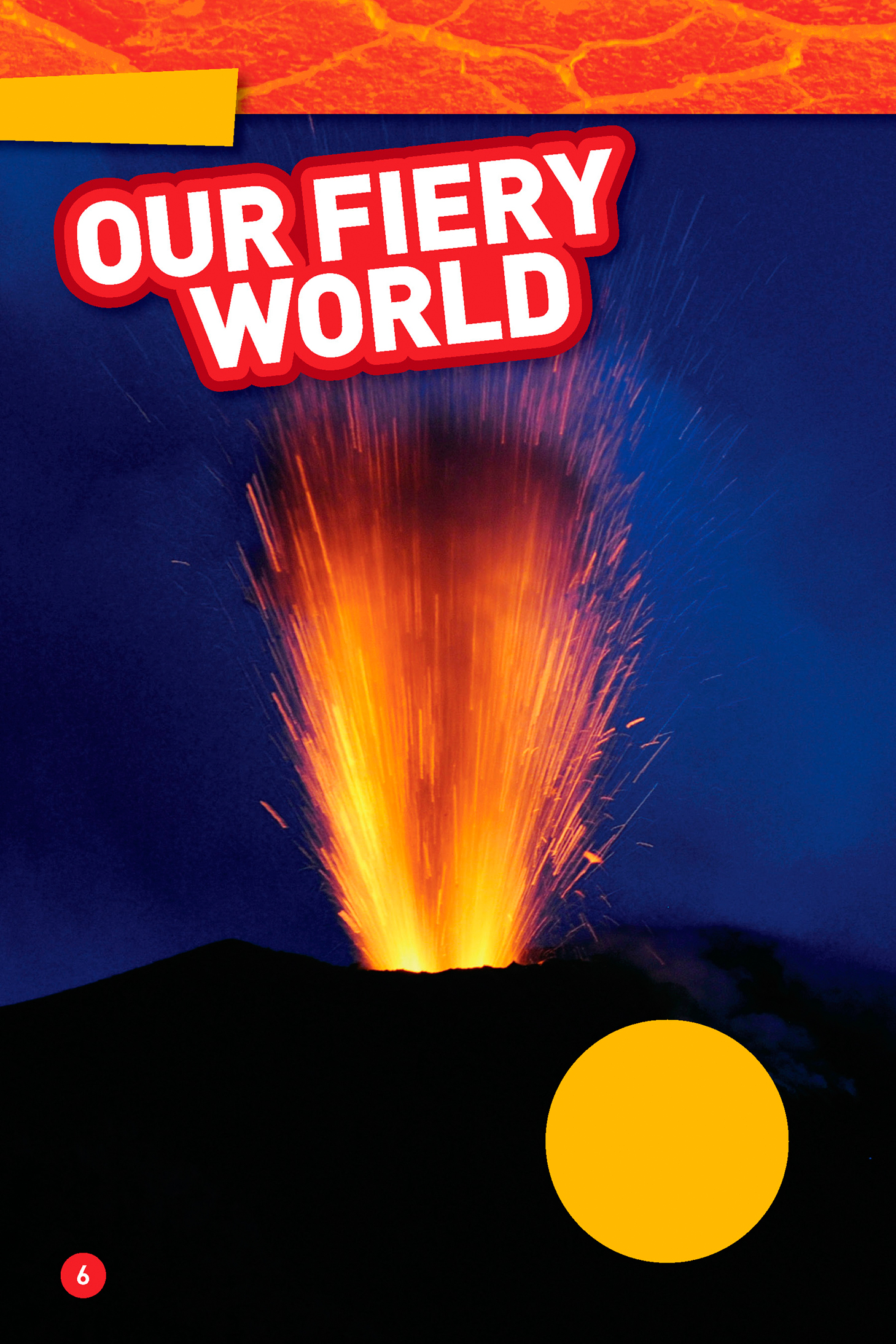
CHAPTER 1
Besides Stromboli,
a volcano erupts
somewhere on Earth
EVERY WEEK.
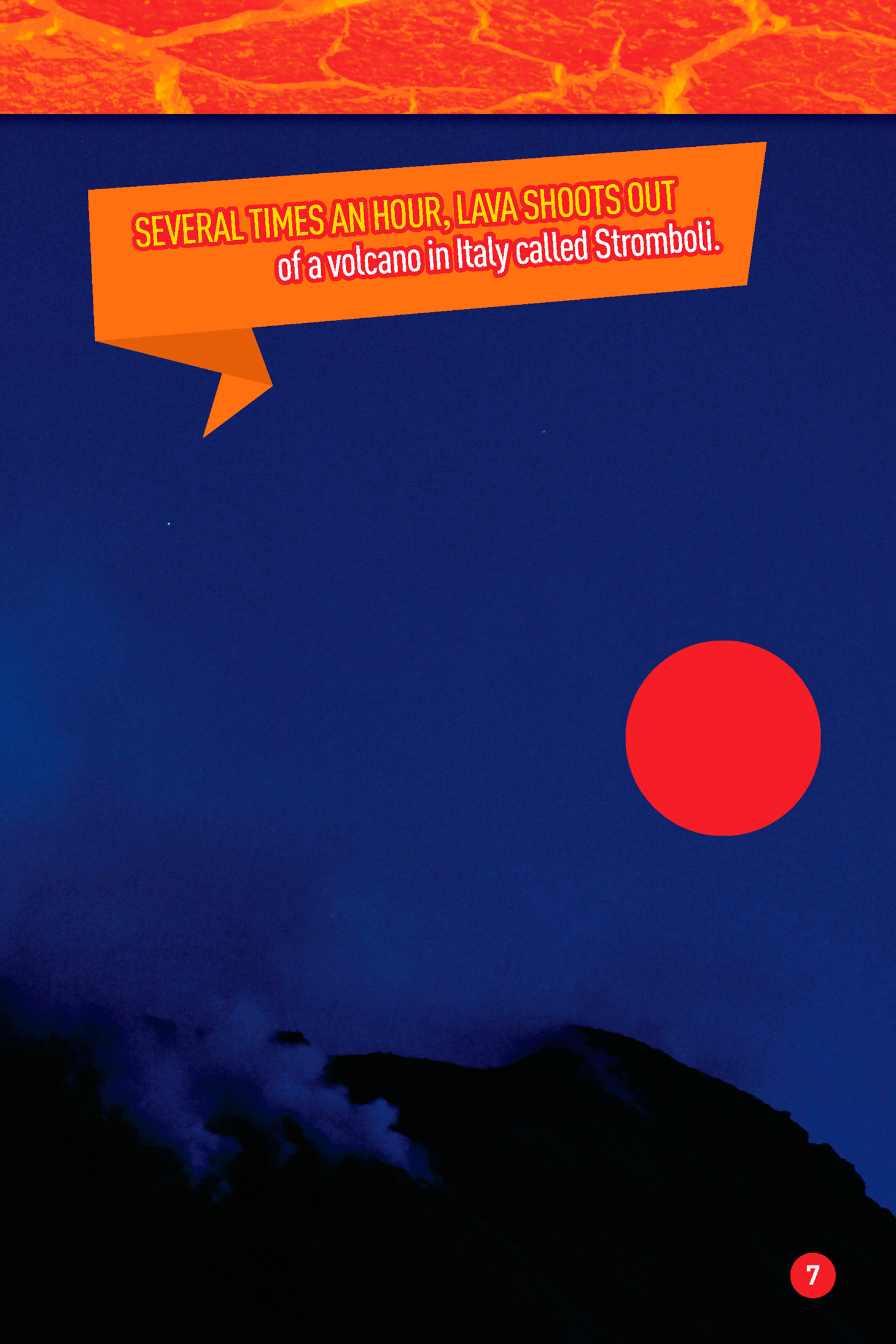
Stromboli has been spewing
gas and spitting molten rock
for more than 2,000 years! It is one of
Earth’s most active volcanoes. Full
eruptions can occur from only minutes
to hours apart.
Volcanoes begin deep
Конец ознакомительного фрагмента.
Текст предоставлен ООО «ЛитРес».
Прочитайте эту книгу целиком, купив полную легальную версию на ЛитРес.
Безопасно оплатить книгу можно банковской картой Visa, MasterCard, Maestro, со счета мобильного телефона, с платежного терминала, в салоне МТС или Связной, через PayPal, WebMoney, Яндекс.Деньги, QIWI Кошелек, бонусными картами или другим удобным Вам способом.




